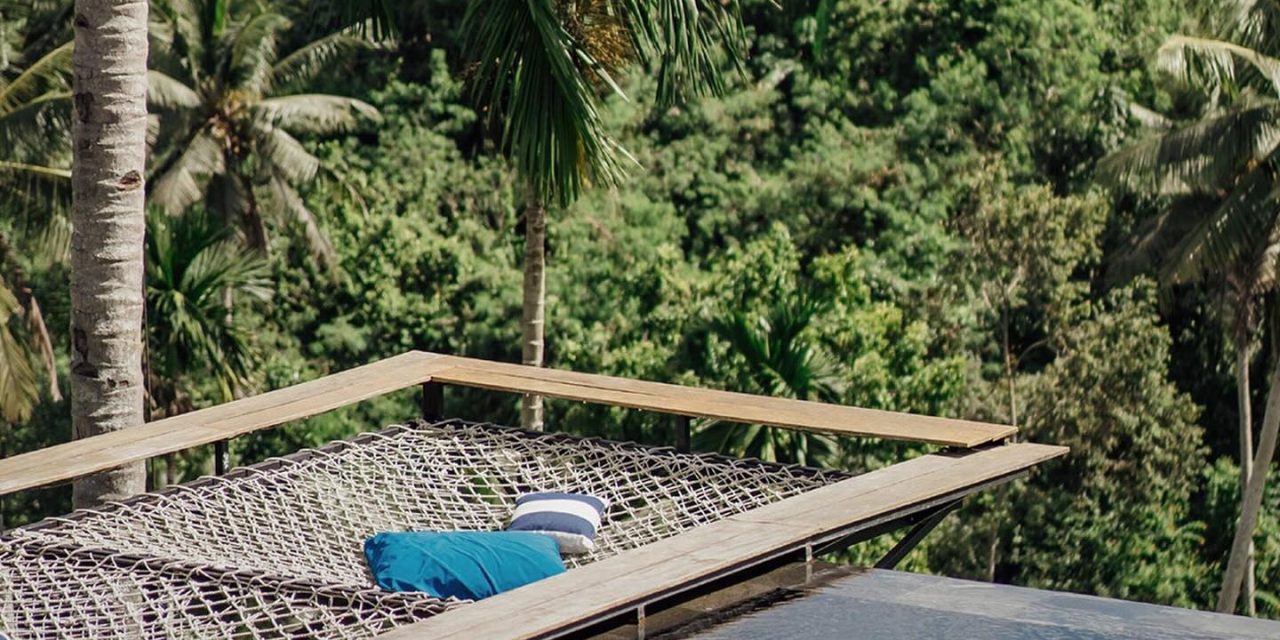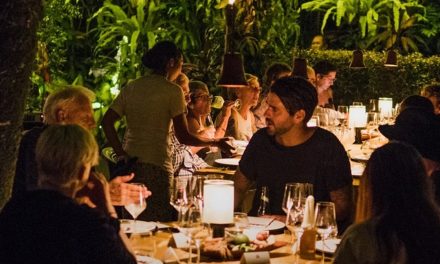Bali, the Island of the Gods, is not just a tropical paradise with stunning beaches and vibrant culture; it’s also a haven for wildlife photography enthusiasts. As a traveler and a budding photographer, I found myself drawn to the lush landscapes and diverse fauna of Bali, armed with my camera and a healthy dose of curiosity. If you’re planning your own adventure and want to capture the beauty of Balinese wildlife, I’ve got a few tips and anecdotes to help you get the best shots.
Timing is Everything
One of my most memorable experiences in Bali was during the golden hour—just after sunrise and just before sunset. The soft, warm light illuminates everything in a magical way. I remember waking up at dawn, coffee in hand, and hiking to a nearby jungle trail. As I crept quietly through the underbrush, I was rewarded with the sight of a beautiful orange-breasted bird perched delicately on a branch. The early morning light kissed its feathers, and for a brief moment, it seemed like we were the only two beings in the world.
Tip:
Plan your shoots around the golden hour. Not only does the light enhance colors, but it can also create long shadows and highlight textures, making your wildlife images pop.
Patience is Key
Wildlife photography is all about patience. On one particular afternoon at Bali’s Ubud Monkey Forest, I learned this lesson the hard way. I was fervently trying to photograph a monkey playing on a tree branch. I clicked, clicked, and clicked some more—only to realize I wasn’t capturing the essence of these playful creatures. It wasn’t until I sat quietly, observing their behaviors, that I found the perfect moment when the monkey looked straight into my lens with an expression that melted my heart.
Tip:
Find a comfortable spot, blend into your surroundings, and wait for the magic to happen. Some of the best moments in wildlife photography come after you give yourself time to observe and be present.
Use the Right Gear
While you don’t have to break the bank to get decent wildlife shots, having the right equipment can make a world of difference. During my time in Bali, I brought along a zoom lens (a 70-200mm) that allowed me to capture those spontaneous wildlife moments without disturbing the animals. I remember one instance where I spotted a magnificent Bali Starling—the critically endangered bird—sitting high in a tree. Thanks to my zoom lens, I was able to snap a stunning shot without getting too close.
Tip:
Consider packing a telephoto lens to help you photograph animals from a distance. It’s also a good idea to carry a lightweight tripod for stability, especially in low-light conditions.
Respect Nature and Wildlife
While photographing wildlife can be exhilarating, it’s essential to maintain a respectful distance. I recall a time when I was photographing a family of sea turtles coming ashore to nest. I wanted the perfect shot, but I reminded myself that I was a guest in their habitat. I made sure to keep a respectful distance and observe their behavior without causing them any stress.
Tip:
Follow local guidelines and regulations about wildlife interactions. Always prioritize the well-being of the animals and their habitats. Remember, a good photographer captures the essence of wildlife, not disrupt it.
Explore Various Locations
Bali has an array of beautiful locations to explore for wildlife photography. One of my favorites was the Bali Bird Park, where I witnessed dozens of beautiful species up close. Each enclosure was designed to mimic the birds’ natural habitats, allowing for incredible opportunities to observe and photograph these amazing creatures.
Nearby, the Taman Safari Bali offered a different experience altogether. I hopped on a safari bus and was able to photograph animals roaming freely in a natural setting. Imagine the thrill of capturing a majestic tiger lounging under a tree!
Tip:
Don’t limit yourself to just one location. Explore different environments such as jungles, beaches, and parks to diversify your wildlife photography portfolio.
Study Animal Behavior
Understanding animal behavior can drastically improve your photography. Before my trip, I spent time researching the animals I might encounter, learning their habits and habitats. This preparation paid off when I noticed a Komodo dragon basking in the sun on Nusa Penida. Understanding that they are most active during the early morning helped me capture stunning images of this impressive reptile in action.
Tip:
Research local species and their behaviors as it can help you anticipate the best times to photograph them.
Frame Your Shots Creatively
Lastly, don’t forget to unleash your creativity. Sometimes, the best wildlife shots come from unexpected angles or unusual framing. I remember crouching low to photograph a group of frogs nestled on a vibrant green lily pad. Rather than shooting from above, I got down to their level, creating a more immersive perspective.
Tip:
Experiment with different compositions, such as using leading lines or natural frames in your environment to add depth to your images.
Conclusion
Bali is a breathtaking destination for wildlife photography, filled with unique opportunities waiting to be captured through your lens. With patience, respect for nature, the right gear, and a spirit of adventure, you can create stunning images that reflect the beauty of this incredible island. So, grab your camera and get ready to explore the wild side of Bali. Happy shooting!






